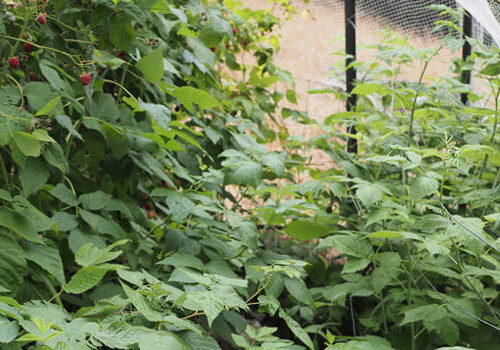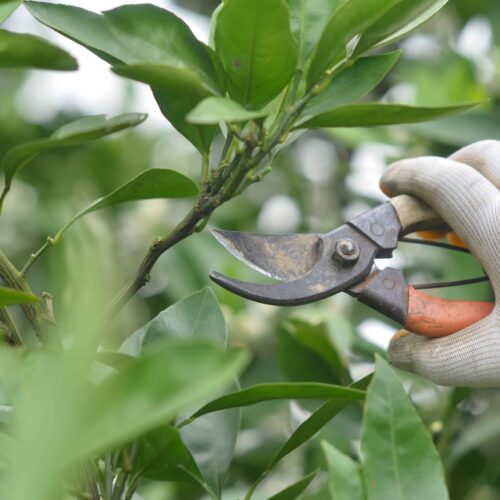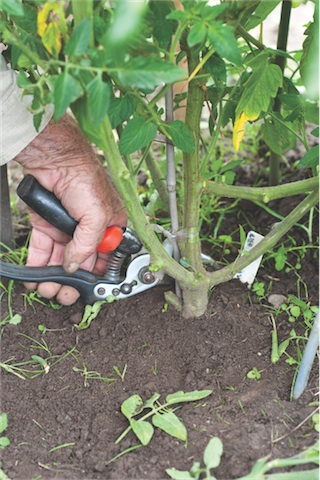Perennial pruning
2018-05-14T04:34:32+10:00
Pruning and dividing some perennials keeps their growth under control, says Penny Woodward.
Pruning perennials helps to keep their growth under control and your garden healthy. Herbaceous perennials die back completely in late autumn once flowering finishes. So you only need to cut off the dead upper growth and dried flowering stems. Creeping and bulbous perennials only need some tidying up, and some will need to be cut back. But every 4–5 years all will need to be dug up and divided and replanted in good soil. This stops them becoming over-crowded and gradually loosing vigour and even dying.
I love dividing plants because it’s the easiest form of propagation, and is also a really cheap way to get lots of free plants for the garden. Or you can pot them up and give to family and friends. Always divide plants when they’re dormant, so after they have died back or stopped growing in autumn is the perfect time. If you don’t have time now though, you can also divide them in early spring, just as the new growth begins to appear.
Bulbous perennials like chives, garlic chives and perennial leeks are divided by digging up all or part of the clump and gently pulling the bulbs apart, being careful not to break the roots from the bulbs. Replant the healthiest pieces straight away. Dig some well-rotted compost or manure into the soil first, replant to the same level as before, water well and push down carefully on the surrounding soil. Adding seaweed extract to the water will to help overcome transplant shock and ensure clumps settle in quickly. Extra pieces can be put into pots of an appropriate size with a good potting mixture. In both cases, ensure that the soil remains moist, but not wet, until the roots have re-established themselves.
Herbaceous perennials include plants that pretty much disappear in winter, so plants such as comfrey, horseradish, bergamot and tarragon. Dig up the whole clump, shake off excess dirt, and carefully separate into smaller pieces by pulling apart. Cut through roots with a sharp knife or secateurs if necessary.
To produce a new plant, each bit must consist of a piece of healthy root with a shoot. If you want big clumps quickly then cut into larger pieces with several shoots and plenty of roots. Proceed as for bulbous perennials when replanting.
Creeping perennials are plants such as chamomile, mint, oregano and violets. Dig up part or the entire clump, depending on the size of the clump and your needs. Shake or wash off excess soil, exposing the fibrous root systems. Break the clump in half by carefully pulling it apart – continue this until the pieces are the size you want. Don’t let them get too small, as very small pieces take too long to recover. Proceed as for the bulbous perennials, but make sure the fibrous roots are firmed down well into the soil or the new clump may wash out in heavy rain.





-500x500.jpg)
